Travel
The Top 16 Art Exhibitions To Catch This Winter
Slide Nr 1Winter has arrived (at least if you live North of the Wall, aka. in the Northern Hemisphere), which means it’s museum time! Bask in the warm glow of cultural heritage or get fired up about contemporary art. As recent events have shown, visual arts are a fragile thing, so catch these exhibitions before the next work goes up in flames or gets shredded. [Photo – Artist: base23, Photo: Silvie Tillard, courtesy Kunstlabor München]
0/16
Travel
The Top 16 Art Exhibitions To Catch This Winter.
Slide Nr 2High-low art doesn’t even begin to describe the specialty of THNK 1994 Museum. The Kickstarter-funded museum located in the hallway of a Brooklyn apartment exhibits art dealing with the guiltiest of pleasures: celebrity gossip, reality TV and the Tonya Harding/Nancy Kerrigan feud that the museum’s name is based on. The next exhibition – “THNK1994 Presents: The Fantasy Art of Celebrity Perfume by Miriam Carothers” – runs for only one weekend.
1/16
Travel
The Top 16 Art Exhibitions To Catch This Winter.
Slide Nr 3Nationalmuseum, the Swedish Museum of Fine Arts and Design, re-opened after extensive renovations in October. The Stockholm institution looks set to become the Scandinavian V&A, with 5,000 works covering fine art, photography, design and applied arts from the 16th century right up to the present day.
2/16
Travel
The Top 16 Art Exhibitions To Catch This Winter.
Slide Nr 4“John Ruskin: The Power of Seeing”, an exhibition marking the bicentenary of the artistic polymath’s birth, brings over 190 paintings, drawings, daguerreotypes, metal work and plaster casts to Two Temple Place. The Victorian mansion built by William Waldorf Astor on London’s Embankment, is closed to the public outside exhibition periods, so this is also an opportunity to catch a glimpse of the opulent interiors. [John Ruskin, Study of Spray of Dead Oak Leaves, 1879, Collection of Guild of St George, Museums Sheffield]
3/16
Travel
The Top 16 Art Exhibitions To Catch This Winter.
Slide Nr 5Edinburgh just got a new art centre with a view. Collective Gallery for Contemporary Art is located on top of Calton Hill, in the heritage-listed City Observatory, which after extensive renovations, has reopened with the exhibition “Affinity and Allusion”. [Photo by Tom Nolan]
4/16
Travel
The Top 16 Art Exhibitions To Catch This Winter.
Slide Nr 6If you haven’t been living under a rock (with terrible network reception), you will be aware that unicorns have been enjoying a bit of a cultural moment. Musée de Cluny, the French national museum of the middle ages, is bang on-trend with the exhibition “Magical Unicorns”. If you’re obsessed with the mythical creatures, now you have the opportunity to discover their cultural origins and find out that millennials were far from the first generation to stan horned horses. [Femme sauvage à la licorne, © Historisches Museum Basel, M. Babey]
5/16
Travel
The Top 16 Art Exhibitions To Catch This Winter.
Slide Nr 7Museum Voorlinden had scheduled its retrospective of the work of Dutch artist Armando to coincide with the year of his 90th birthday. Since he passed away in July, it is now the first posthumous exhibition of the post-war artist’s paintings, including a new series named, somewhat eerily, “Todeslandschaft” (death landscape). [Artwork: Schwarze Landschaft, © Collection museum Voorlinden]
6/16
Travel
The Top 16 Art Exhibitions To Catch This Winter.
Slide Nr 8Munich is a city known for its grand old art institutions and world-class modern art collections, but not so much for cutting-edge urban creativity. MUCA, the Museum of Urban and Contemporary Art, has just taken a big step towards changing that. Until the end of December, it is temporarily taking over a vacant building; Kunstlabor München will feature 50 artists getting creative and experimental on 5,000sqm, fostering street art in an appropriately urban setting. [Photo – Artists: Stohead, Addison Karl and Fintan Magee, Photographer: Silvie Tillard]
7/16
Travel
The Top 16 Art Exhibitions To Catch This Winter.
Slide Nr 9Meanwhile, over in Lichtenstein, the Hilti Art Foundation displays the art collection of a company known for its power drills, in a building adjacent to the Kunstmuseum Liechtenstein. The current exhibition – the third in a series introducing the public to the collection – covers some of the biggest names in the art world, including Picasso, Matisse, Mondrian, Kandinsky and Giacometti.
8/16
Travel
The Top 16 Art Exhibitions To Catch This Winter.
Slide Nr 10In 2018, Vienna celebrated the anniversaries of some of its greatest artists. As is often the case, that meant male artists, hence telling only half the story. Now, the Belvedere Museum makes amends with “City of Women – Female Artists in Vienna from 1900 to 1938”. [Helene Funke, Akt in den Spiegel blickend. Photo: Johannes Stoll, © Belvedere, Vienna]
9/16
Travel
The Top 16 Art Exhibitions To Catch This Winter.
Slide Nr 11Earlier this year, Marrakech was gearing up to become North Africa’s art hotspot, with the launch of 1-54 Contemporary African Art Fair and the official opening of the Museum of African Contemporary Art Al Maaden (MACAAL), joining forces to create something like an unofficial Marrakech Art Week. The cancellation of the 2018 edition of the Marrakech Biennale put a damper on the spirit of optimism, but hopefully the 4th International Biennial of Casablanca will tide the Moroccan arts scene over. [Artwork: Abdessamad El Montassir]
10/16
Travel
The Top 16 Art Exhibitions To Catch This Winter.
Slide Nr 12With all the global attention focused on the opening of the spectacular Zeitz MOCAA grain silo, another recent Cape Town museum opening almost went unnoticed. The Norval Foundation, which opened earlier this year, houses one of the largest private art collections in the country. A current exhibition brings together key works by South African artist Wim Botha.
11/16
Travel
The Top 16 Art Exhibitions To Catch This Winter.
Slide Nr 13The Mori Art Museum in Tokyo is celebrating its 15th anniversary with a real gut-punch of an exhibition. “Catastrophe and the Power of Art” lives up to its title by exploring how art depicts disasters and how these depictions affect us.
12/16
Travel
The Top 16 Art Exhibitions To Catch This Winter.
Slide Nr 14In Hong Kong, the Centre for Heritage, Arts & Textile (CHAT) is gearing up for its imminent opening. Before the new exhibition space permanently throws open the doors of a former cotton spinning mill in March 2019, its winter programme – running until 6 January – features forums, public art projects, a VR experience, workshops and an artist in residence.
13/16
Travel
The Top 16 Art Exhibitions To Catch This Winter.
Slide Nr 15If you’re looking for the perfect time to visit Tasmania, then aim for 17-20 January when Hobart’s Museum of Old and New Art (MONA) heads north with its Festival of Music & Art (FOMA). The 2019 edition is the first to take place in Launceston, which is a mere 2.5-hour drive from the capital, meaning you can easily combine a festival visit with a trip to the museum. [Photo: MONA/Jesse Hunniford. Image courtesy of the artist and MONA Museum of Old and New Art, Hobart, Tasmania, Australia]
14/16
Travel
The Top 16 Art Exhibitions To Catch This Winter.
Slide Nr 16The Heide Museum of Modern Art, a favourite day trip destination for Melburnians, offers the perfect combination of engaging modern and contemporary art, a beautiful sculpture park and a fun monthly maker’s market. Current exhibitions include an exploration of the original cottage on the property that became the nucleus of today’s museum, and one focused on work created and curated by Sweeney Reed – artist, gallerist and adopted son of Heide founders John and Sunday Reed.
15/16
Travel
The Top 16 Art Exhibitions To Catch This Winter.
Slide Nr 17Meanwhile, some of the Heide’s exhibits are on loan to Melbourne’s Immigration Museum for an exhibition titled “Love”. The premise is as simple as its implications are political: “The exhibition embraces all kinds of connections between people, as well as the range of emotional experiences that love entails, from joy, comfort and intimacy, to grief and sorrow.” It isn’t a huge leap of the imagination to stipulate that this universal emotion should also be extended to the immigrants this museum is dedicated to.
16/16

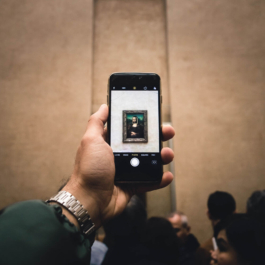
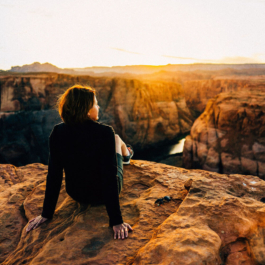
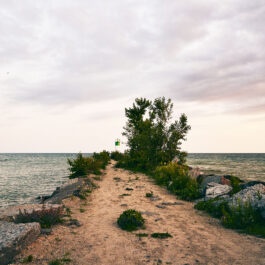
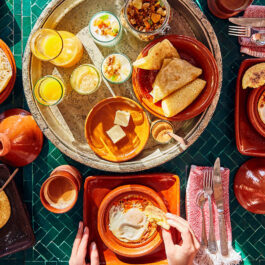
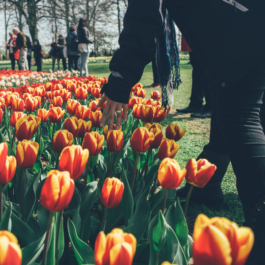
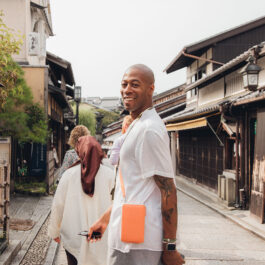

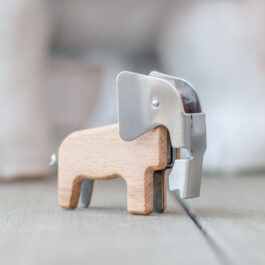

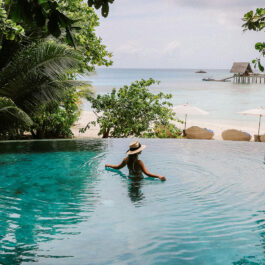
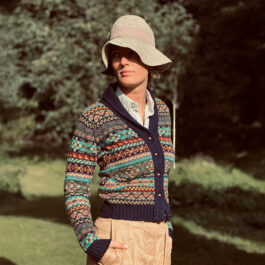
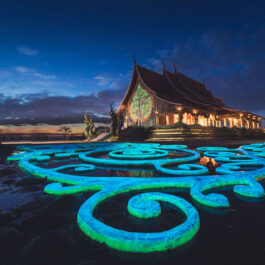
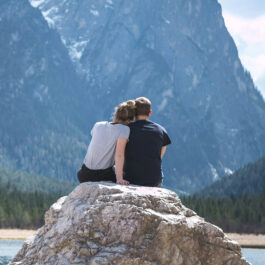
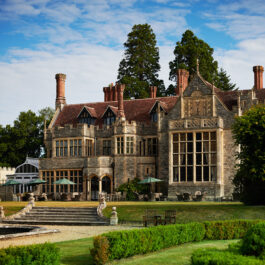
Sorry, the comment form is closed at this time.